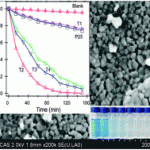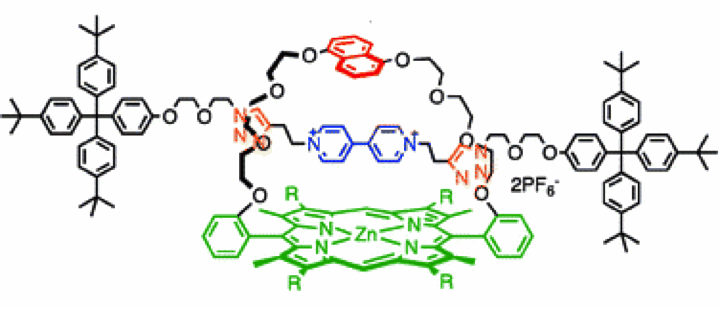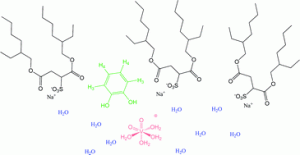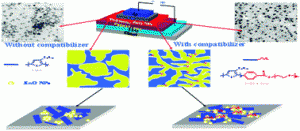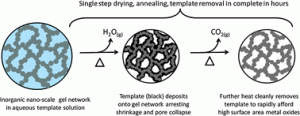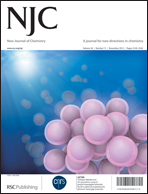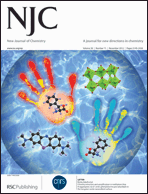This month again, we are delighted to introduce you to authors from NJC’s latest issue. Many thanks to them for sharing with us.

Our first author is Dr Kenta Adachi, who is Assistant Professor in the Department of Environmental Science & Engineering at Yamaguchi University, Japan. His current research interests focus on the optical and spectroscopic properties of organic/inorganic hybrid nanoparticles and clusters, along with the design, assembly, and use of nanoparticle-tagged biomolecules as analytical tools for sensing, imaging, and diagnosis. In his NJC letter, an approach is presented for the first time to induce chirality in aggregates of achiral organic dyes by chiral amino acid molecules pre-adsorbed on the metal oxide colloid surface. The authors believe that these findings, together with the possibility of fine-tuning both amino acids and organic dyes on the metal oxide colloid surface, open new promising ways towards the design of efficient chiral supramolecular sensors and devices.
“NJC covers various areas of chemistry, and is a high quality multidisciplinary journal for all chemists. This study is focused on the interfacial phenomena of organic/inorganic hybrid materials, that is, is of broad interest to all organic, inorganic, and physical chemists”, commented Dr Adachi on choosing the NJC journal.
Besides his research activity, Kenta greatly enjoys travelling around the world with his wife, especially visiting world heritage sites. Together, they have already been to Machu Picchu, Nazca Lines (Peru), Chichen Itza, Calakmul, Palenque (Mexico), Hawaii Volcanoes, Statue of Liberty (USA), Uluru (Australia), Giza Pyramids (Egypt), Angkor (Cambodia), Sigiriya (Sri Lanka), Changdeokgung (South Korea), Suzhou (China), Himeji Castle (Japan), and Sri Lanka. His most favorite world heritage site is Machu Picchu (see photo), and he is now planning to go to Indonesia to visit Borobudur Temple.
When asked for an alternative career path, Kenta replied: “In my childhood, I really wanted to become archaeologist. I’m still hanging in there. My dream will definitely come true if I don’t give up”.
Dr Cyrille Monnereau is Assistant Professor at the Ecole Normale Supérieure de Lyon (France). Dr Monnereau is interested in molecular engineering of chromophores and fluorophores, especially for biophotonics applications. In recent years, the authors have been trying to develop two-photon absorbing chromophores for fluorescence bio-imaging and photodynamic therapy, which could be easily and efficiently delivered into cells or target organs. The simple and adaptable ATRP methodology used in their NJC paper allowed the authors to progress significantly towards this aim, with minimal synthetic effort.
The ambitious and open-minded editorial line of NJC that promotes interdisciplinary and innovative works from all disciplines across chemistry, made NJC a logical choice in the authors’ eyes. In addition, they appreciate “The RSC not-for-profit motto, which ensures that science is the only criterion for papers’ acceptance or rejection”.
Outside of the lab, Cyrille’s favorite activity is listening to music and desperately trying to introduce his 4 and 2 years old kids to more or less obscure and experimental rock and jazz acts from the past 50 years. If he could not be a scientist, Cyrille would be a professional musician, although he admitted: “I have honestly never seriously thought about it”.
“Water-soluble chromophores with star-shaped oligomeric arms: synthesis, spectroscopic studies and first results in bio-imaging and cell death induction” Cyrille Monnereau, Sophie Marotte, Pierre-Henri Lanoë, Olivier Maury, Patrice L. Baldeck, David Kreher, Arnaud Favier, Marie-Thérèse Charreyre, Jacqueline Marvel, Yann Leverrier and Chantal Andraud,
New J. Chem.,
2012,
36, 2328-2333. DOI: 10.1039/C2NJ40407A.
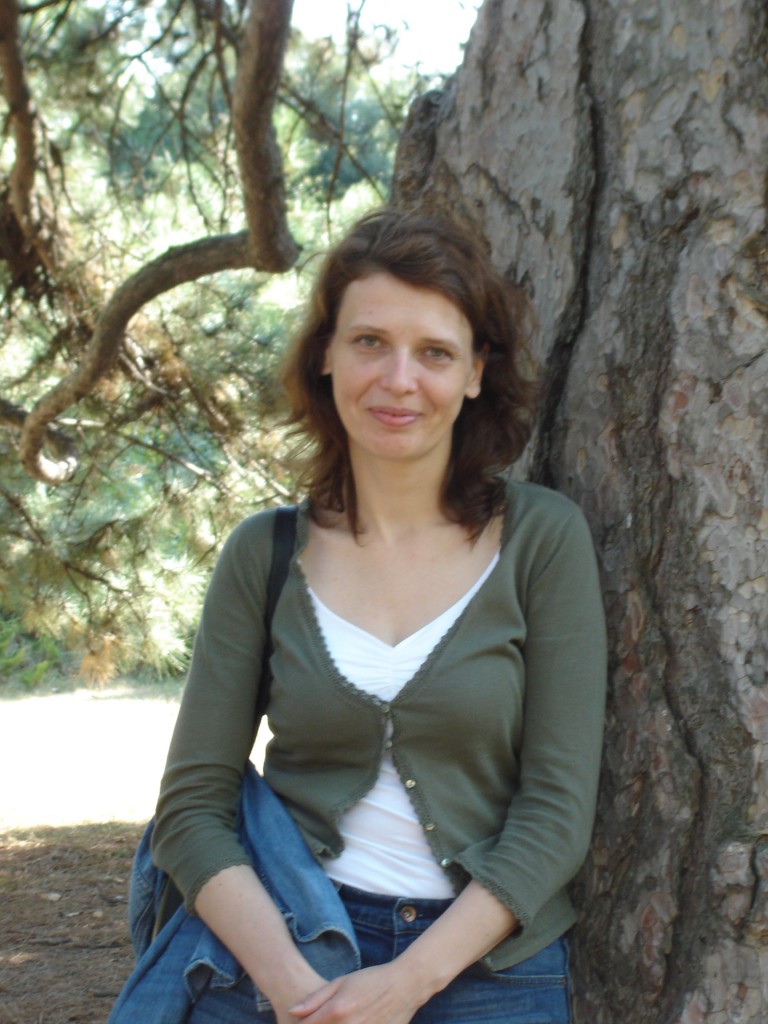
Our last chemist for this month is Dr Marina Lezhnina, who is Research Fellow in the Institute for Optical Technologies at Münster University of Applied Sciences, Germany. Her research activity focuses on the synthesis of luminescent species in non-classical matrices, with applications in lighting technologies and analytics. Her NJC paper contributes to the search for efficient luminescing rare earth complexes with versatile potential for linkage to secondary substrates. The authors demonstrated that tris-ß-diketonate-Europium complexes could readily be co-ligated with epoxyphenanthroline, yet widely retaining the advantageous optical properties of higly efficient phenanthroline or bipyridyl analogues, while the epoxy group provides a fascinating prospect for coupling to polymer backbones, activated surfaces, and last but not least to biologically relevant substrates like proteins and peptides (see the glutathione model in the present publication).
Dr Lezhnina’s opinion of NJC is that:”The journal has published numerous articles on novel compounds with intriguing luminescent properties in the past. While claiming “a new direction in chemistry” based on our complexes would sound overstated, we yet believe that our work has some noteworthy implications, which may be acknowledged by the readership of the journal”.
In the non-lab world, Marina is fascinated by the true naturalness of Nature. At home, she likes to relax with Delta blues, to take an interest in social criticism and politics, and to see through crime stories. When asked for an alternative career path, Marina answered: “I would be getting on other people’s nerves with never-ending and obtrusive questioning”.
Check back next month for more profiles of NJC authors!
 An article by B. Mizaikoff and co-workers (Georgia Institute of Technology, Atlanta, USA & University of Ulm, Ulm, Germany) features on this month’s front cover. In this article, the cathodic electropolymerization conditions for poly(4-vinylpyridine) and the uptake characteristics of anions were evaluated with respect to their application for electrochemical sensing.
An article by B. Mizaikoff and co-workers (Georgia Institute of Technology, Atlanta, USA & University of Ulm, Ulm, Germany) features on this month’s front cover. In this article, the cathodic electropolymerization conditions for poly(4-vinylpyridine) and the uptake characteristics of anions were evaluated with respect to their application for electrochemical sensing.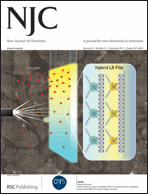 National Institute for Materials Science, Tsukuba, Japan), presenting preparation of Langmuir-Blodgett films by hybridizing a floating monolayer of an amphiphilic cationic iridium(III) complex with clay particles in a subphase.
National Institute for Materials Science, Tsukuba, Japan), presenting preparation of Langmuir-Blodgett films by hybridizing a floating monolayer of an amphiphilic cationic iridium(III) complex with clay particles in a subphase.










